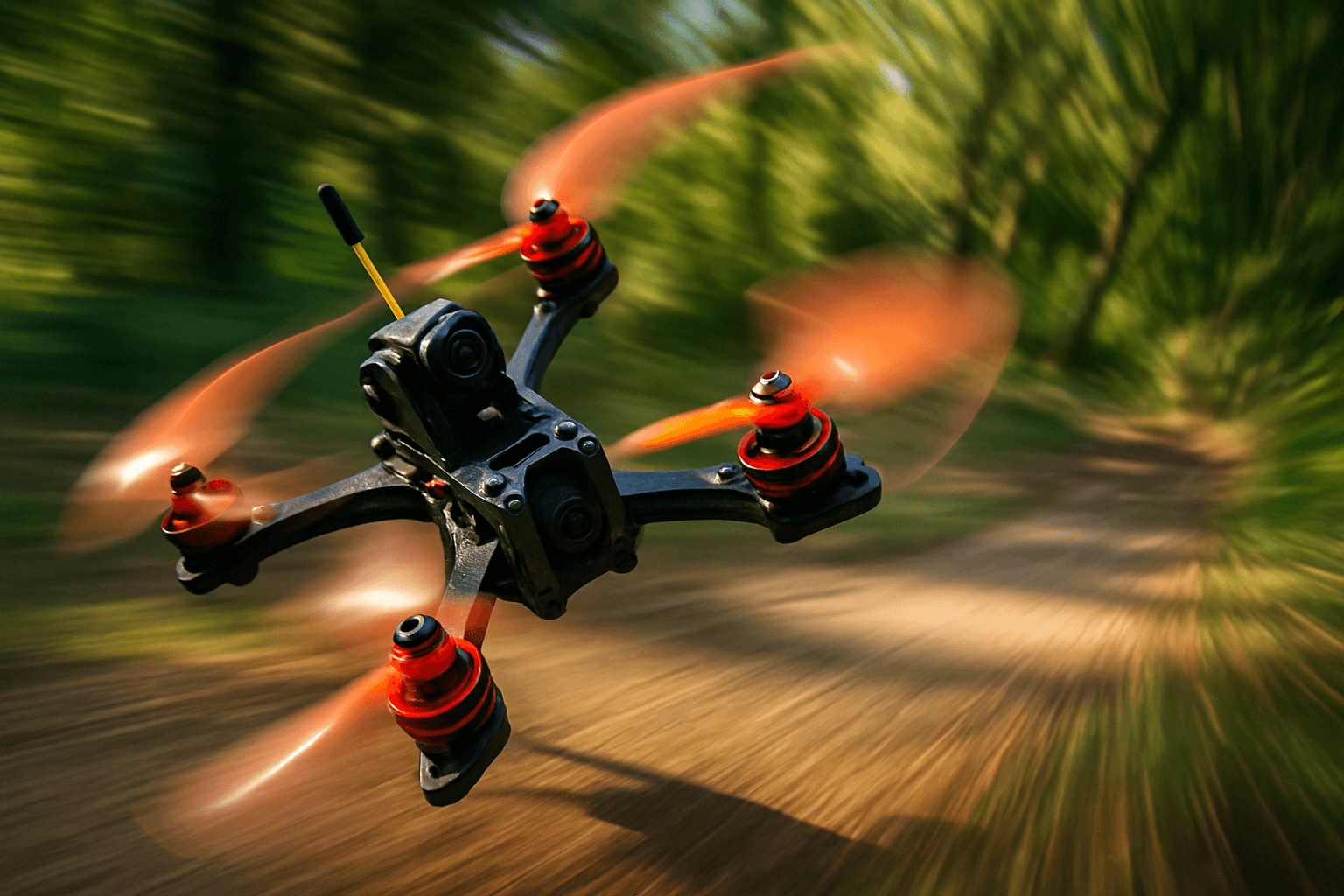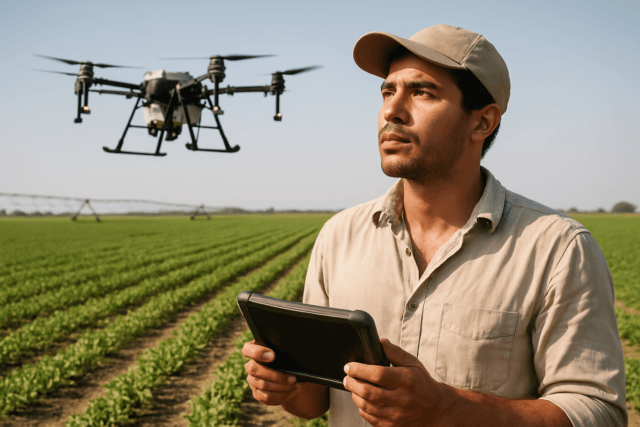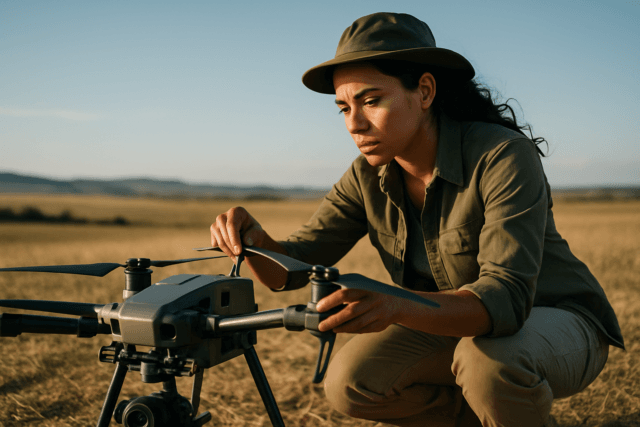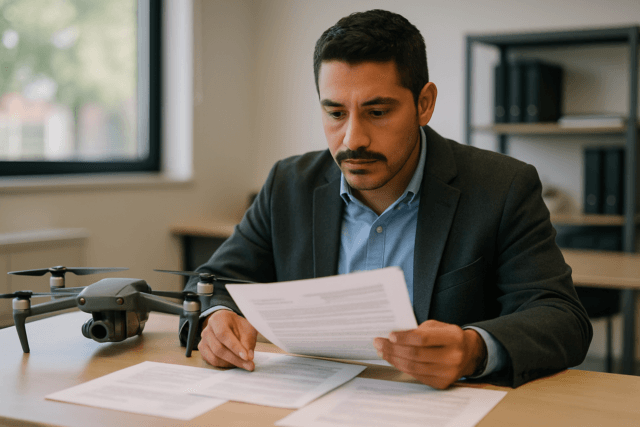Drone drifting, also known as power looping or controlled slides, is an advanced flying technique that combines skill, precision, and a bit of daring. Unlike traditional drone flight that focuses on smooth, stable movements, drone drifting involves intentionally breaking traction with the air to execute controlled slides and turns. This opens up a new realm of creative possibilities, allowing you to capture unique cinematic shots, navigate tight spaces with finesse, and experience the thrill of pushing your drone’s capabilities to the limit.
What is Drone Drifting?
Drone drifting is a technique where a pilot intentionally causes the drone to slide or skid through the air while maintaining control. It’s similar to drifting in motorsport, where drivers intentionally oversteer, causing a loss of traction while maintaining vehicle control. In drone drifting, this is achieved by manipulating the drone’s throttle, yaw, pitch, and roll to upset its equilibrium and initiate a controlled slide.
Why Learn Drone Drifting?
- Enhanced Control: Mastering drone drifting significantly improves your overall control and understanding of drone dynamics.
- Creative Filming: It allows for unique and dynamic camera angles that are impossible to achieve with standard flight techniques.
- Tight Navigation: Drifting can be useful for navigating complex or confined spaces, offering an alternative to traditional maneuvers.
- Pure Fun: It’s an exhilarating way to fly, adding an element of excitement and challenge to your drone piloting.
Essential Skills and Techniques
1. Mastering Manual (Acro) Mode
Before attempting drone drifting, it’s crucial to be proficient in manual or acro mode. In this mode, the drone relies solely on pilot input for stability, without any assistance from GPS or altitude sensors. This gives you complete control over the drone’s orientation and movement, essential for executing drifts.
2. Throttle Management
Precise throttle control is key to initiating and maintaining a drift. You’ll need to learn how to modulate the throttle to balance lift and momentum, allowing the drone to slide without losing altitude or control.
3. Yaw, Pitch, and Roll Coordination
Drifting involves coordinated use of yaw (rotation), pitch (tilting forward or backward), and roll (tilting side to side). Experiment with different combinations of these inputs to understand how they affect the drone’s trajectory and initiate different types of drifts.
4. Angle Mode
Angle mode is a good stepping stone from GPS to full acro mode. It limits the angle the drone can tilt, preventing it from doing a full roll or flip.
5. Prop Selection
Props with more blades tend to have more grip and drift less but can be less efficient.
Drone Drifting Techniques
1. The Power Loop
The power loop is a classic drone drifting maneuver that involves a fast, controlled rotation around a point of interest.
- Initiation: Start by flying towards your subject at a moderate speed.
- Rotation: Initiate a roll in the direction you want to drift, while simultaneously applying yaw in the same direction.
- Throttle Control: Use throttle to maintain altitude and control the speed of rotation.
- Recovery: Once you’ve completed the desired rotation, level out the drone and resume normal flight.
2. The Slide
The slide involves a sustained sideways movement, often used to create a sense of speed and momentum.
- Initiation: Approach your subject from the side.
- Roll and Yaw: Apply a combination of roll and yaw to initiate a sideways slide.
- Counter-steering: Use opposite yaw to control the direction of the slide and prevent the drone from spinning out.
- Throttle Management: Adjust throttle to maintain altitude and control the speed of the slide.
3. The Orbit
The orbit involves flying in a circle around a subject while keeping it in the frame.
- Initiation: Position the drone a reasonable distance from the subject.
- Controlled Movement: Use roll and yaw inputs to move around the subject in a circular motion.
- Throttle and Pitch: Adjust throttle and pitch to keep the subject centered in the frame, and maintain a smooth, consistent orbit.
4. The Whiplash
The whiplash is a quick, dynamic maneuver that involves rapidly changing the drone’s direction.
- Initiation: Fly in a straight line at a moderate speed.
- Sudden Yaw: Apply a sudden, sharp yaw input to quickly rotate the drone.
- Counter-Yaw: Immediately apply opposite yaw to stop the rotation and stabilize the drone in the new direction.
- Throttle Adjustment: Adjust throttle as needed to maintain altitude and speed.
Choosing the Right Drone
While drone drifting is possible with various types of drones, some are better suited for the task than others.
- FPV Drones: First-person view (FPV) drones are the preferred choice for drifting due to their agility, responsiveness, and direct control.
- DJI Avata: The DJI Avata is a good option for beginners because it has an easy acro mode.
- Freestyle Drones: These drones are designed for acrobatic maneuvers and offer excellent performance for drifting.
- Cinewhoops: These are smaller, ducted-fan drones that are great for indoor drifting and capturing cinematic footage in tight spaces.
- DJI FPV: While user-friendly, it may not be as durable for the close-range proximity flying often associated with drifting.
- Five-Inch Freestyle Build: For filming drifting cars, a five-inch freestyle build may be preferable.
When selecting a drone for drifting, consider factors such as:
- Power-to-Weight Ratio: A high power-to-weight ratio ensures the drone has enough thrust to perform aggressive maneuvers.
- Responsiveness: Fast response times to pilot inputs are crucial for precise control during drifts.
- Durability: Choose a drone that can withstand crashes, as they are common when learning to drift.
- Camera Quality: If you plan to film your drifts, prioritize a drone with a high-quality camera and stable gimbal.
Essential Equipment
- FPV Goggles: Provide an immersive first-person view, allowing you to see what the drone sees.
- Remote Controller: A high-quality remote controller with precise gimbals is essential for accurate control.
- Batteries: Invest in multiple batteries to extend your flight time and practice sessions.
- Spare Parts: Keep a supply of spare propellers, motors, and other components for quick repairs.
Safety First
Drone drifting can be risky, so it’s important to prioritize safety.
- Practice in Safe Areas: Choose open, unobstructed areas away from people, obstacles, and sensitive locations.
- Fly Within Your Limits: Don’t attempt maneuvers beyond your skill level.
- Maintain Visual Line of Sight: Always keep the drone within your visual range.
- Respect Regulations: Follow all local drone regulations and guidelines.
- Pre-Flight Check: Always inspect the drone before flying to ensure everything is in good working order.
Tips for Beginners
- Start Slow: Begin with basic maneuvers and gradually progress to more complex drifts.
- Use a Simulator: Practice in a drone simulator to develop muscle memory and learn the controls without risking your drone.
- Watch Tutorials: Study videos and tutorials from experienced drone pilots to learn new techniques and gain insights.
- Join a Community: Connect with other drone enthusiasts to share tips, ask questions, and learn from their experiences.
- Adjust Gimbal: Adjusting the gimbal can help prevent drifting.
- Calibrate IMU: Calibrating the IMU can prevent sideways drifting.
- Check Controller Settings: Ensure that your controller isn’t sending unintended signals to the drone.
- Check Props: Make sure your propellers are in good condition and correctly installed.
Advanced Techniques and Fine-Tuning
1. PID Tuning
PID (Proportional, Integral, Derivative) tuning involves adjusting the drone’s control parameters to optimize its responsiveness and stability. Fine-tuning the PID settings can significantly improve the drone’s drifting performance.
2. Expo Rates
Adjusting the expo rates on your remote controller can make the controls more or less sensitive around the center stick position. This allows you to fine-tune the drone’s response to your inputs, making it easier to execute precise drifts.
3. Air Mode
Air mode is a flight controller setting that keeps the motors spinning even at zero throttle. This improves the drone’s stability and control during acrobatic maneuvers, including drifting.
Drone Drifting in the Real World
1. Filming Drifting Cars
Drone drifting is a popular technique for capturing dynamic footage of drifting cars. The ability to precisely control the drone’s movement allows you to follow the action closely, creating thrilling and immersive videos.
2. Racing
Drone drifting can also be incorporated into drone racing, adding a new layer of skill and challenge to the sport. Pilots can use drifting techniques to navigate tight corners, overtake opponents, and gain an edge in the race.
3. Creative Expression
Beyond practical applications, drone drifting can be a form of creative expression. By combining skill, technique, and artistry, you can create unique and visually stunning aerial performances.
Conclusion
Drone drifting is an exciting and challenging skill that can elevate your drone flying to new heights. It requires practice, patience, and a willingness to experiment, but the rewards are well worth the effort. With dedication and the right equipment, you can master the art of aerial slides and unlock a world of creative possibilities.





